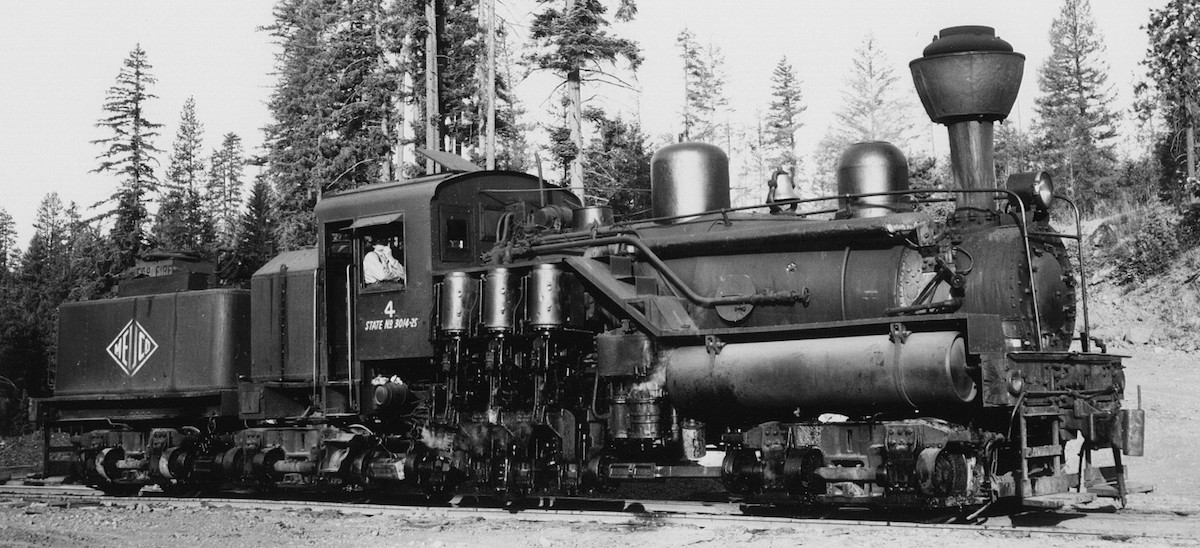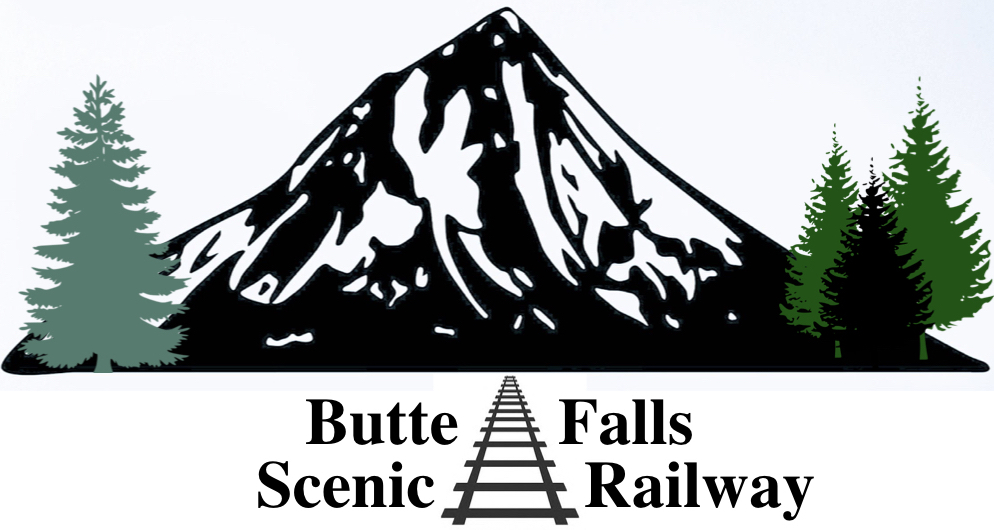
To return to the EQUIPMENT page click on EQUIPMENT above
Ashland Motor Car Shed
The Writing's on the Wall:
(Photos & Article By BILL MILLER)
In the pecking order of traveling souls, railroad hoboes were sure they were the kings of the road. Independent and unwilling to stay in one place for very long, these men, and a few women, would rather sleep in a swaying boxcar than in the warmest bed in town. No one knows why these restless folk called themselves hoboes, but long before 1891, when the word first appeared in a national magazine, hobo campfires along railroad tracks were lighting up the night. "They are a strange species of human kind," wrote one Oregon reporter in 1889, "and are indigenous to
America."
Early on, romanticized as "Western gypsies weary from the day's work of counting the ties," hoboes soon were seen as the root cause of all trouble in a town. "The petty burglaries and attempted holdups have become too numerous of late," said a Mail Tribune reporter in 1910, "and the 11:20 train last night was a real hobo special." When arrested and brought to court, these men usually gave their real names, but on the rails, they rode with a nickname.
Hoboes began marking their passage through the Rogue Valley not long after the Southern Pacific Railroad completed its line over the Siskiyou Mountains into California in 1887. As many travelers do, they pulled out a knife and carved their name in wood. The most convenient wood in Ashland was the railroad's section tool house, a shed that before it was rescued by the Southern Oregon Chapter of National Railway Historical Society, sat along the rails in the southern portion of the Ashland Yard near North Mountain Avenue.
When volunteers moved the shed to the Medford Railroad Park in 1996 and began its restoration, they discovered more than a century of hoboes had left their mark on the shed's walls. Most of the carvings were on the eastern wall, which faced away from the depot because no one was likely to see the deed being done.
Although the building could have been built in 1887, there were too names to be sure. The earliest confirmed signature found was from 1893, "Jim Slick, 8-13-93." "The Rocksie Kid" left his mark in 1899, but nearby the "3 CCC Kid" signed without a date and may well have been an ex-"Bush Marine" from Roosevelt's Conservation Corps of the 1930s. There's a "Sac. Kid," a "Frisco Kid" and, if you can forgive his spelling, the "Milwakee Kid."
"Carrie Nation" seems to be the only woman's name on the walls, but because there are more than 200 carvings, it's hard to be sure. If a Carrie Nation was here in February 1911, we can confidently say she wasn't the hatchet-wielding anti-saloon activist. More likely, someone was commemorating the real Carrie Nation, who was sick at the time, local newspapers reported, and would die just four months later.
Copyright 2023 by the Southern Oregon Railway Historical Society
Southern Oregon Railway Historical Society
A Chapter of the National Railway Historical Society


